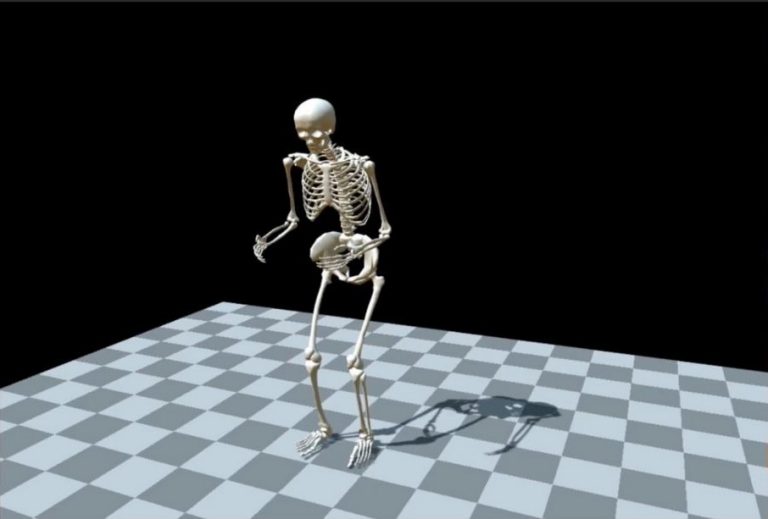The federal government is seeking the power to cancel applications for groups of visa holders at least in part due to concerns of fraud from India and Bangladesh, according to internal documents obtained by CBC News.
A departmental presentation to…

The federal government is seeking the power to cancel applications for groups of visa holders at least in part due to concerns of fraud from India and Bangladesh, according to internal documents obtained by CBC News.
A departmental presentation to…

The Pikmin™ Bloom smartphone app is turning four years old, and it’s shaping up to be a cool one! Ice Pikmin are sliding into the game starting November 1st. These frosty little friends are here to bring a refreshing sparkle to your strolls.
Continue Reading

And at its heart is Stellan Skarsgård, doing some of his finest work in years as an acclaimed film director, Gustav Borg, who always chose his work over his family. Gustav is a familiar type, the kind of charismatic narcissist that professions…

A federal lawsuit filed Sunday in California federal court accuses Spotify of failing to prevent streaming fraud, including by allowing “billions” of bot-generated streams that allegedly boosted rapper Drake’s streaming numbers,…

…

Tim Cook turned 65 on Nov. 1, and talks have been growing around the question of who his successor as Apple CEO could be. Cook has made no announcement that he’ll be retiring, but according to Bloomberg’s Mark Gurman, the tech giant is working…

Georgia Levy-CollinsBBC Newsbeat
 Getty Images
Getty ImagesLinkin Park, Limp Bizkit and Guns N’ Roses have been announced as headliners of next year’s Download festival.
The trio are among 90…

For a more detailed view, patients need to visit a motion analysis lab, where hourslong biomechanical assessments require highly trained technicians and equipment that costs hundreds of thousands of dollars. “The status quo is that…